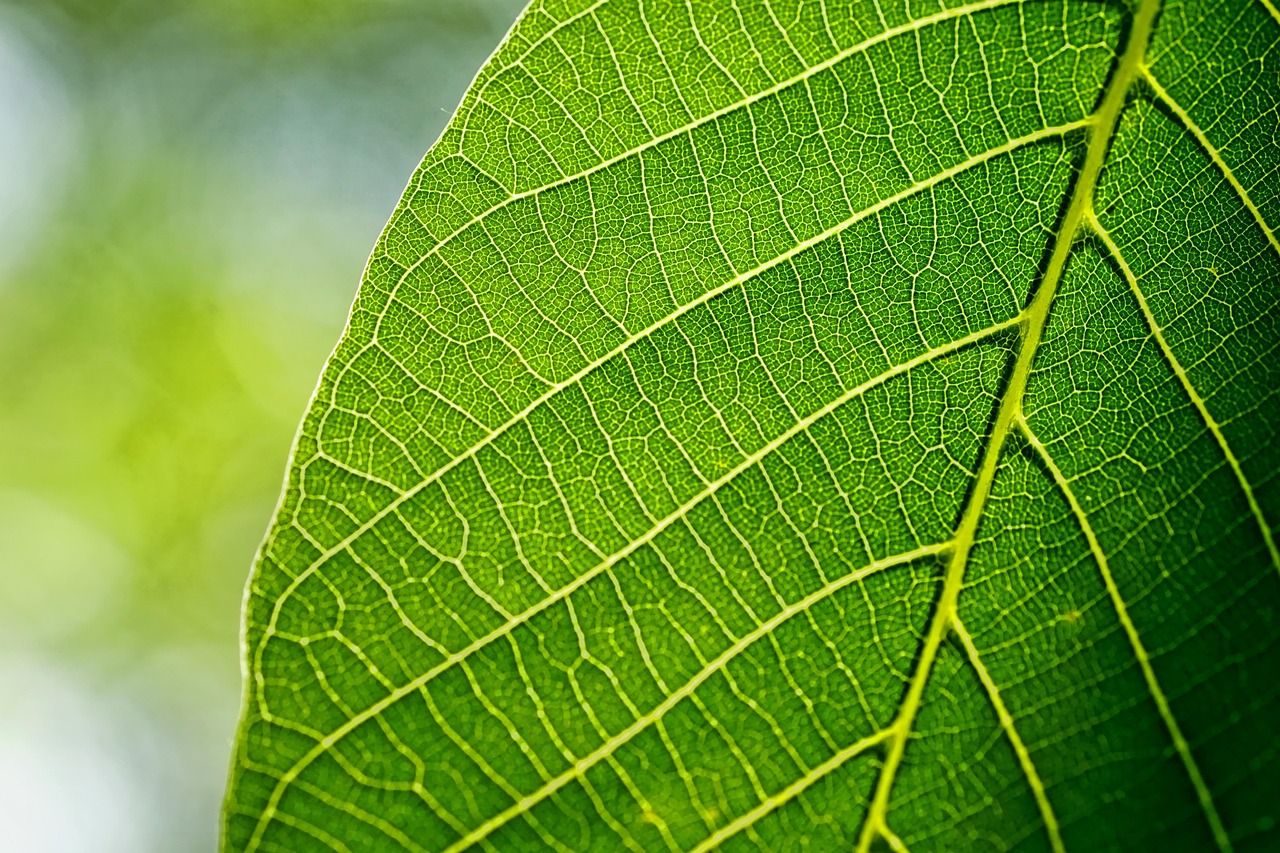Effective walnut orchard pruning boosts nut size, flavor, and overall yield by improving sunlight exposure, airflow, and tree health. Timing your efforts during dormancy, using proper techniques, and avoiding common mistakes help produce high-quality, marketable walnuts, ensuring a healthier orchard and more profitable harvest each season.
Walnut trees aren’t just beautiful; they produce those amazing nuts we enjoy, and I’ve learned that managing their growth through pruning is essential. In my early years, I used to overlook this step, but once I started pruning correctly, my trees became healthier, and the harvests got better every year.

I always remind myself that the best time to prune is late winter or early spring when the trees are still dormant. I’ve found this timing minimizes stress and keeps diseases at bay. Understanding the growth habits of my walnut trees—whether they’re tall standard types or dwarf varieties—helps me tailor my pruning approach for each one.
Benefits of Pruning Walnut Orchards
In my experience, pruning offers so many tangible benefits:
- Better Sunlight Exposure: I always open up the canopy, letting more light reach the lower branches and developing nuts. This has helped me grow bigger, tastier walnuts.
- Good Airflow: Keeping the trees well-pruned reduces humidity inside the canopy, which means fewer fungal problems—something I’ve had firsthand trouble with in humid seasons.
- Higher Yields: Removing crowded branches allows the tree to focus energy on producing larger, better nuts.
- Shape and Stability: Proper pruning helps me maintain a balanced structure that withstands storms, especially important for those windy seasons.
- Harvest Ease: A well-maintained shape makes harvesting much simpler—I can’t tell you how much time I save during nut gathering!
I’ve learned that understanding each variety’s growth habits is key—what works for a tall, standard walnut might not suit a dwarf. Tailoring my pruning approach based on the specific tree has made a huge difference.

Common Mistakes to Avoid
- When I first started pruning, I over-pruned by removing too many branches at once. It stressed my trees and reduced yields. Now, I prune gradually to keep my trees healthy and productive.
- Early on, I pruned during rainy or damp weather, which led to infections and poor healing. I’ve learned to wait for dry, dormant seasons to prune, ensuring cleaner cuts and healthier trees.
- I used to make jagged or rough cuts, not realizing that these wounds heal slowly and attract diseases. Now, I always use sharp, clean tools and make smooth cuts just above buds or lateral branches.
- At first, I didn’t plan my pruning, which resulted in uneven shapes and compromised tree stability. Now, I always have a clear plan, focusing on balanced cuts that support the tree’s structure and health.
My Go-To Pruning Techniques
Over the years, I’ve tried various methods to keep my walnut trees healthy. Here are a few techniques I swear by:
Thinning
I always start with thinning—removing overcrowded branches that block light and airflow. I’ve done this especially in young orchards, where trees tend to grow rapidly and get dense fast. Removing excess branches early on keeps the tree from becoming a tangled mess.
Heading Back
This is my favorite for encouraging bushy growth on young trees. Cutting back the tips of branches encourages lateral growth, resulting in a sturdier, more productive structure. I always make sure to cut just above a bud or side branch for best results.
Renewal Pruning
Every few years, I focus on removing older, less productive branches to make way for greener, more vigorous growth. This keeps my orchard plump with nuts and avoids having the trees become too crowded or weak.
Tips and Warnings from My Experience
- Use Sharp, Clean Tools: I never cut with dull blades—sharp tools make cleaner cuts, which heal faster. I always sterilize my shears before use to prevent disease spread.
- Avoid Over-Pruning: I’ve learned the hard way that taking too much off can stress the tree and cut down yields—less is often more.
- Regular Inspections: I make it a habit to check the trees often, so I spot dead or diseased branches early before they cause bigger problems.
- Weather Watch: I avoid pruning during wet or rainy days, as wet wounds are prone to infections. Sun-dried, crisp cuts heal better.
- Follow Variety Needs: Different walnut types have different responses—I always adapt my techniques accordingly, based on my own research and experience.
I’ve found that combining proper pruning with nutrient management and good soil health really boosts tree vitality and nut quality. Plus, I always try to stay mindful of the long-term health of my orchard—it’s a marathon, not a sprint.

Understanding Walnut Tree Anatomy — My Perspective
Knowing my trees’ structure helps me decide what to prune. Walnut trees have a few main parts:
- Trunk: The main support; I always check for cracks or weaknesses here.
- Branches: They spread from the trunk, and I focus on removing any crossing or weak limbs.
- Leaves: Photosynthesis happens here—more leaves can sometimes mean better nut development if they’re healthy.
- Flowers and Nuts: The flowers are either male or female, and I ensure the branches supporting healthy flowers are unobstructed for good nut growth.
Timing is Everything
In my orchard, I’ve learned that winter pruning is the best—dormant trees heal wounds faster, and disease risk drops. Spring pruning after winter gives me a chance to shape the trees before growth starts, but I stay cautious not to overdo it. Summer? I only prune if absolutely necessary, like managing unwanted growth, since excessive summer pruning can stress the tree.
Spotting Problematic Branches
One thing I always do is keep an eye out for dead, diseased, broken, or weak branches. Removing these promptly prevents issues from spreading or weakening the tree. Water sprouts—those crazy vertical shoots—are an eyesore I always cut back, as they steal nutrients and don’t contribute to nut production.
Tailoring Techniques for Each Stage
Younger Trees
I focus on developing a solid framework—choosing a central leader and encouraging lateral branches. These early steps set the stage for future productivity. I make sure to thin out competing branches and use heading cuts to foster bushiness.
Older Trees
In mature trees, I perform crown thinning to improve light and air. If the trees grow too tall, I selectively reduce their height—always being careful not to compromise the tree’s strength. Preserving fruitful wood while removing older, less productive branches keeps the orchard thriving.
Common Mistakes I’ve Learned to Avoid
- Over-Pruning: I used to cut too much at once, which stressed my trees. Now I prune gradually.
- Wrong Timing: Pruning during rainy or wet periods can cause infections; I stick to dry, dormant seasons.
- Poor Cuts: Making jagged cuts or leaving stubs invites disease—clean, precise cuts are my mantra now.
- Unplanned Cuts: Planning my cuts prevents unbalanced trees.
How Pruning Improves Nut Quality
From my experience, the better I prune, the bigger and tastier my nuts become. Adequate light and airflow allow for optimal nut development and help prevent pests and diseases that diminish quality.
